Top 10 Mistakes Student Pilots Make (And How to Avoid Them)
Inflight Pilot Training
MARCH 13, 2025
Why It Happens: Nervousness and lack of trust in the aircrafts stability. Struggling with Crosswind Landings The Mistake: Many student pilots struggle with crosswind landings due to incorrect rudder use or improper control inputs. Forgetting to apply rudder and aileron corrections simultaneously.

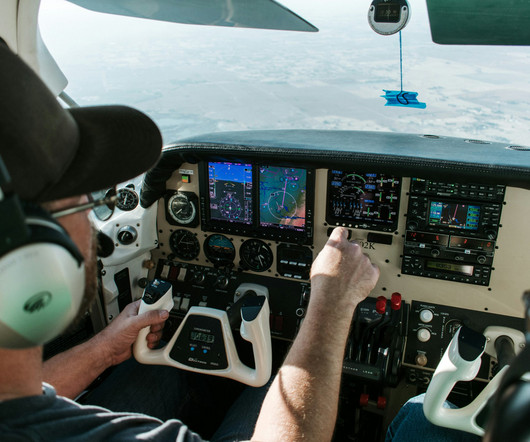

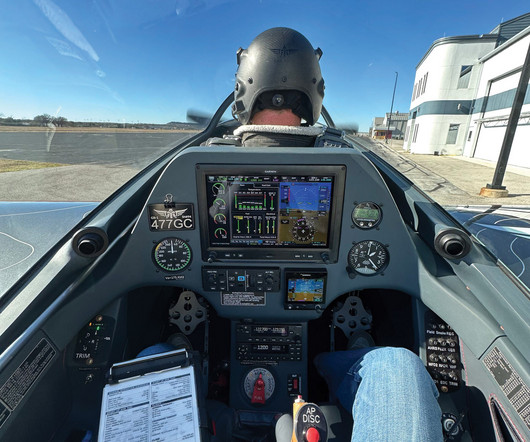
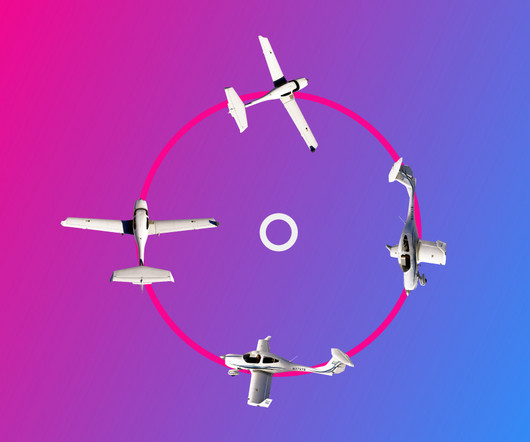
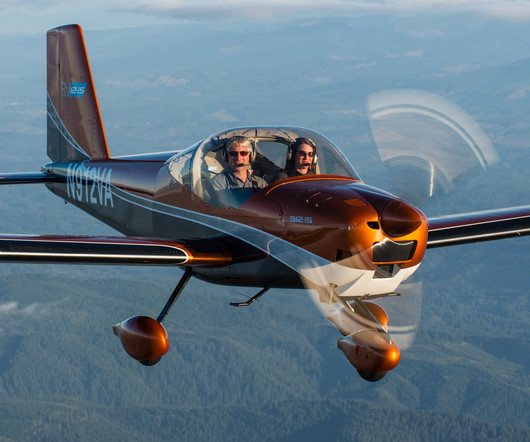




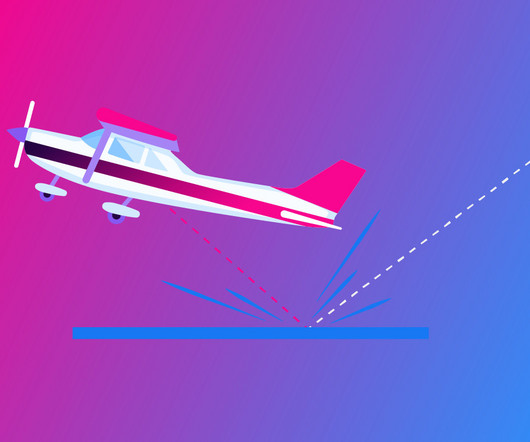

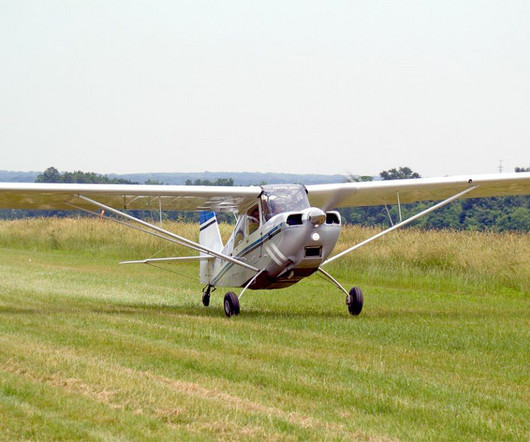
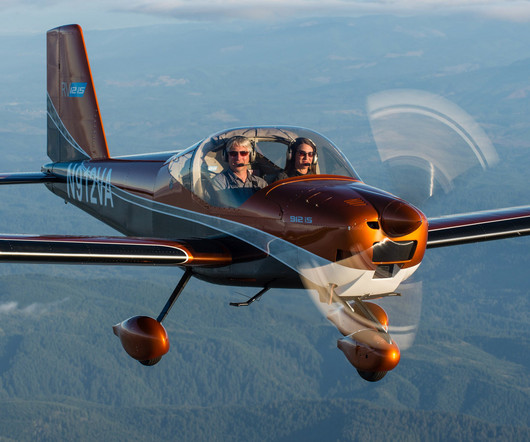



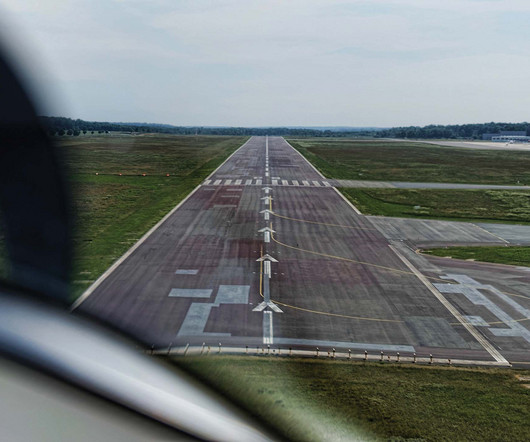




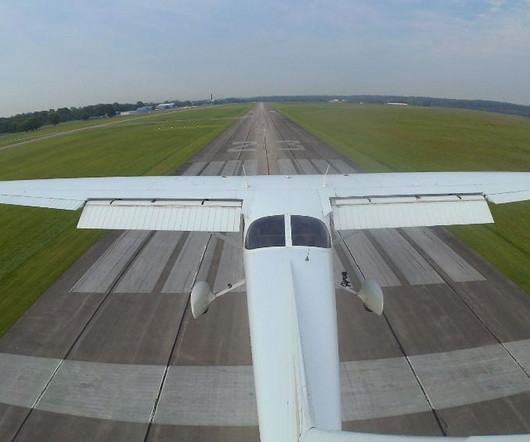







Let's personalize your content